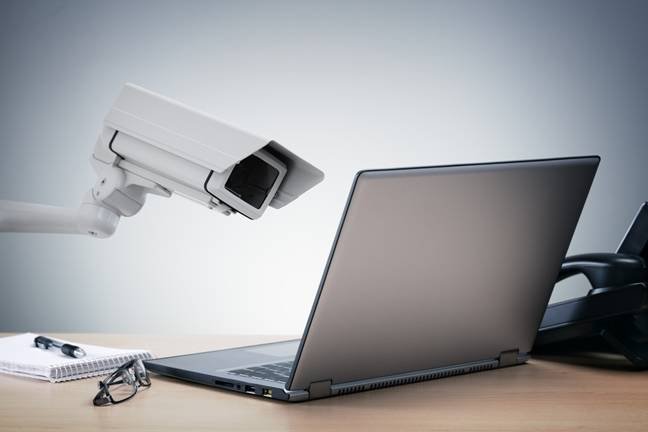Silent spacecraft starts talking to controller • The Register

After a month of receiving the silent treatment, controllers have regained contact with a TRACERS spacecraft that went offline shortly after launch.
The next step will be an attempt to recover the spacecraft to the point where science operations can begin.
The two TRACERS (Tandem Reconnection and Cusp Electrodynamics Reconnaissance Satellites) were launched on July 23 atop a SpaceX Falcon 9 rocket from Vandenberg Space Force Base in California. Everything appeared to be going smoothly until, shortly after launch, an issue arose during the commissioning process. Space Vehicle 2 (SV2) was fine, but Space Vehicle 1 (SV1) was not.
Engineers reckoned the problem was down to a lack of power through the spacecraft’s solar panels and pinned the blame on an issue with the power subsystem. The hope was that by late August, when SV1’s solar panels received more sunlight, the situation would change and the spacecraft would resume communication.
It’s unclear what impact the issue had on the mission’s goals or whether science operations can be resumed.
Instruments that only function when sunlight reaches solar panels are hardly unheard of, even if, in this case, that was most definitely not part of the plan. ESA’s Cluster mission, for example, was forced to run without batteries. However, the Cluster spacecraft had been in orbit for a decade before controllers had to devise a way forward using only solar power. It is less than two months since the launch of TRACERS.
Cluster was designed to study the Earth’s magnetosphere. TRACERS is all about investigating magnetic reconnection. According to NASA, “Magnetic reconnection occurs when the solar wind interacts with the magnetosphere, causing magnetic field lines to disconnect and reconnect. This causes particles to rain down into Earth’s atmosphere. The effects of space weather can lead to beautiful phenomena, like the aurora, but can also impact space-based infrastructure, like satellites and GPS systems.”
The prime mission was supposed to last 12 months, and scientists expected the duo to make thousands of measurements to build a picture of how magnetic reconnection changes over time. Two operational spacecraft will allow scientists to observe how quickly this interaction changes by comparing the data collected by each from the same region.
The delay in commissioning SV1 is therefore less than ideal, but at least the spacecraft is talking to controllers once again. ®











